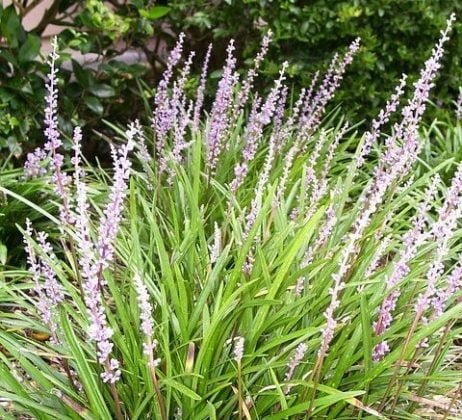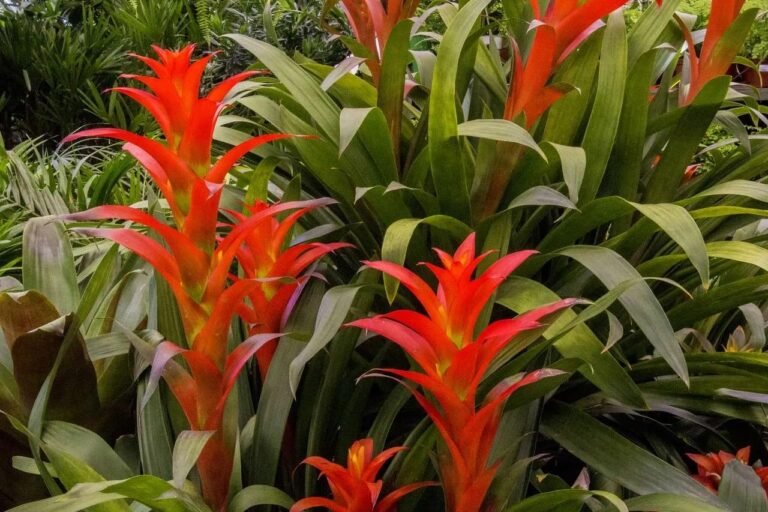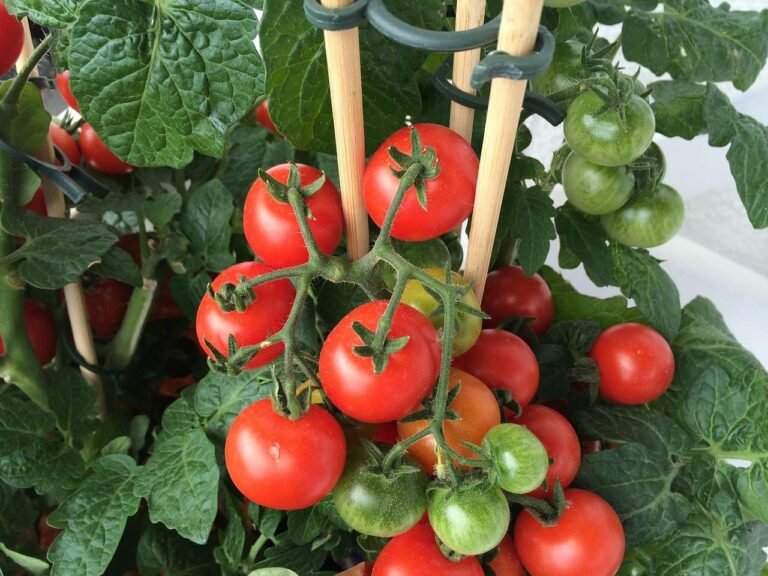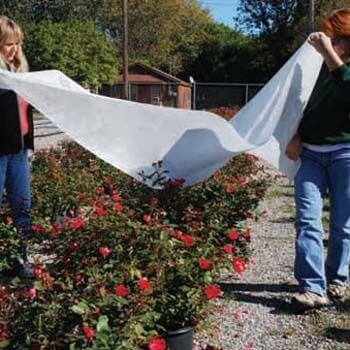Bedding Plants Planting Guide

Bedding plants offer many choices of colorful flowering plants and complete any landscape. They add beauty and value to your home when done the right way. They offer a rewarding feeling that is pleasurable for everyone of all ages. It is fun and relaxing to work in your garden, getting outside and closer to nature. Here are some helpful planting tips you can use in this Bedding Plants Planting Guide.
Types of Bedding Plants
Bedding plants are considered as annual plants or a perennial plant. There is a difference between the two, so you can make a choice for yourself. Annual plants are most widely used because of the many varieties available during the seasons of the year. There are many choices and types of annual flowers that grow in different seasons with lots of colors.
Annual plants
Annual plants are grown from seed-producing flowers and eventually die at the end of each growing season. They need to be replaced with new ones at the end of their growing cycle.
Perennial plants
Perennial plants bloom once during a season and last up to one or two months, depending upon the type. They will live for three years or more. When they become extra tall they can be divided to create separate plants.
Planting Guide for Choosing a Location
Bedding plants are used as an accent and not as a dominant feature in the landscape. Place them in front of the home harmonizing with the total setting. Colors should blend with each other and with the house. It is not recommended to have large islands in front with bedding plants. They are used as borders along shrubs and fences.
Use them as small flower beds standing alone. Plant them as edging along sidewalks and driveways. They are good under porches, decks, and along patios. Even if you don’t have areas such as those listed above, place them in pots, tubs, planters, or hanging baskets. No matter what the situation, you can have colorful flowers to add beauty to your home.
Selecting and Purchasing Bedding Plants
As in all garden plants, light requirements need to be considered. They will require either Full Sun, Partial Shade, or Full Shade, depending on the type. Read the tags or labels found on the plant or pot as a bedding plants planting guide when shopping for them at your local nursery or garden center. Healthy garden plants are important when purchasing them which can depend on the grower. Choose a seller that carries good quality plants.
Here are some planting tips that will be helpful when purchasing bedding plants. Buy plants that are Not in full bloom. Look for gardening plants that have New Buds nice and thick. Pick ones that are young with dark green foliage. Choose ones that are Not tall and sparse with stems looking spindly. Look for stress such as under-watering, wilting, or over-watering. Also, look for damage such as broken stems which may occur from improper handling or shipping.
Planting Guide for Grouping Colors and Types
Limit your choices for each area to a few kinds and colors. In bedding areas, plant one or two types of flowering plants to create a theme. Plant the same types and colors grouping together forming a separation. Mixing them together can become distracting and confusing for the eye to see.
Always place flowering plants according to their mature height. Plant smaller growing plants in front of taller ones. The tag or label will tell you their eventual height when fully mature.
Water conditions are important when planting them together. Most bedding plants need well-drained soil and do bad in wet conditions. Some can survive in wet and shady locations but most can’t. Impatients are generally used in this type of situation. Once again, the bedding plants planting guide on tags and labels give information pertaining to the characteristics, of each type of flowering plant you are choosing.
Bedding Plants Planting Guide for Site Preparation
Prepare your bedding plants site a week prior to planting. It is better to get your area and location ready first, and then purchase plants when it is time to plant them. Do Not let them sit around for some time waiting to be installed. I know it is hard because of availability and they do sell quickly at your local nursery or garden center, so it is best to have your spot ready to go.
First, remove all weeds and grass using a shovel and rake to clean out the area. Do Not use a Weed and Grass Killer for it can be harmful to your new plants. Beds should be spaded or tilled at least six inches deep turning over the soil. Mix in the ground organic material so the plants will receive the proper nutrients needed to be healthy.
Use “Organic Peat” to increase the proper nutrients in the soil and for water-holding capability. I recommend to mix 1-part “Organic Peat” to 2-Parts Top Soil. Spread mix in the garden area with a garden rake and churn it around with a shovel thoroughly mixing it with the existing soil. A depth of 6 inches should be sufficient. Level off the area and consider proper drainage towards the front of the bed.
Final Thoughts
Flowering plants go great in a landscape adding lots of colors and creating an eye-appealing home garden. Whether placed in garden beds, used as borders, or edging, you can have a choice in fulfilling your needs.
Following these helpful planting tips in this bedding plants planting guide will ensure a good foundation for a successful garden. Once you have started your garden, with the proper care for flowering plants, they will be healthy with lots of colors.
Now, let’s get outside, enjoy nature, and as always…
Keep on Growing!






